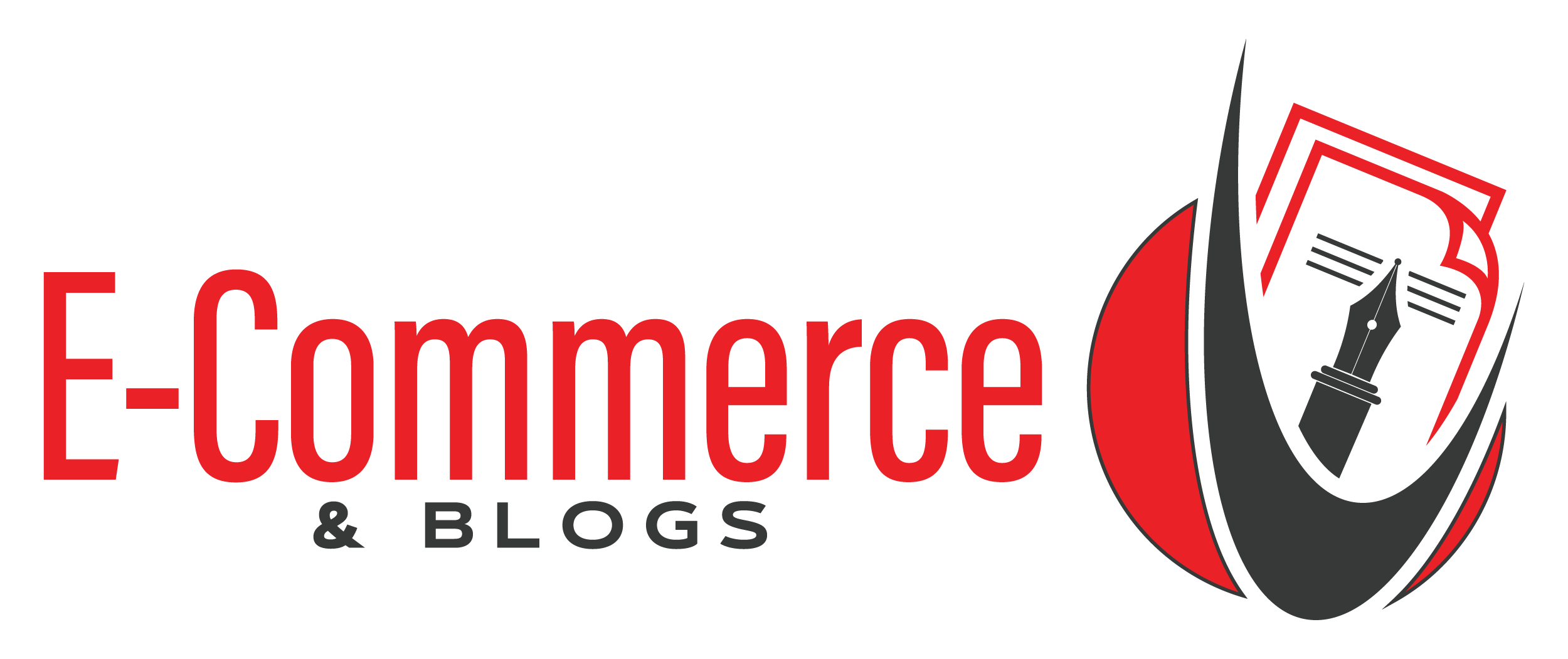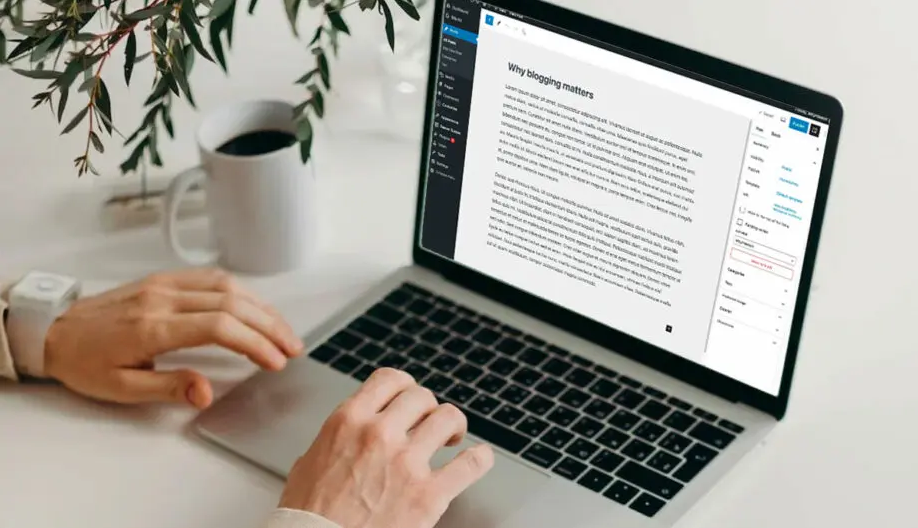Creating engaging content is only half the battle in the competitive blogging world. Mastering Search Engine Optimization (SEO) is crucial to standing out. SEO ensures your content gets seen by the right audience by improving your blog’s visibility on search engines. Here’s a step-by-step guide on how bloggers can rank higher and drive more site traffic.
1. Conduct Keyword Research
Every SEO strategy starts with keyword research. Find relevant keywords that your target audience is searching for. Tools like Google Keyword Planner, Ahrefs, or SEMrush help you discover the phrases that resonate within your niche. Choose both short-tail and long-tail keywords to incorporate naturally into your content.
2. Optimize Your Content Structure
A well-structured blog post makes it easier for both users and search engines to understand the content. Ensure your post includes:
- Headings and Subheadings: Use H1 for the main title, H2 for major sections, and H3 or lower for subpoints. This hierarchy makes your post more readable.
- Clear and Concise Paragraphs: Break up content into smaller, digestible sections.
- Bullet Points and Numbered Lists: These improve user experience and help readers quickly scan your post.
3. Craft SEO-Friendly Titles and Meta Descriptions
Your blog title and meta description are critical for SEO. The title should be:
- Compelling: Entice users to click by sparking curiosity.
- Keyword-Rich: Include your primary keyword naturally.
- Meta descriptions, while not directly impacting rankings, improve click-through rates by giving a brief summary of your post. Keep them under 160 characters and use action-oriented language.
4. Internal and External Linking
Incorporate internal links to other relevant blog posts or pages on your website to improve site structure and keep visitors engaged. External links to high-quality, authoritative sites also enhance credibility, showing search engines that you provide valuable resources.
5. Focus on Mobile Optimization
With mobile traffic surpassing desktop use, your blog must be mobile-friendly. Responsive design ensures your blog looks great and functions well on all devices. A poor mobile experience can lead to higher bounce rates, negatively impacting your SEO rankings.
6. Optimize Images and Media
High-quality images make your blog visually appealing, but they can also slow down your site. Use compressed image formats (like JPEG or WebP) and include alt text for each image. Alt text helps search engines understand what your images depict and improves your chances of ranking in image searches.
7. Improve Page Load Speed
A slow-loading site leads to a poor user experience and higher bounce rates. Tools like Google PageSpeed Insights help you assess and improve your site’s load time. Consider using caching plugins, optimizing images, and minimizing code to enhance speed.
8. Leverage Social Sharing
Search engines value content that’s shared frequently. Make it easy for readers to share your posts on social media by adding share buttons and encouraging social interaction. Even though social shares don’t directly affect rankings, they increase visibility and drive more traffic to your blog.
9. Monitor Your SEO Performance
SEO isn’t a one-time effort. Regularly track your blog’s performance using Google Analytics and Google Search Console. Analyze which posts rank well, identify trends, and refine your strategy based on data.
Conclusion:
By incorporating these strategies into your blogging routine, you’ll improve your SEO performance, rank higher on search engines, and ultimately drive more traffic to your blog. Remember, SEO is a long-term game—consistent effort yields sustainable results. Happy optimizing!




